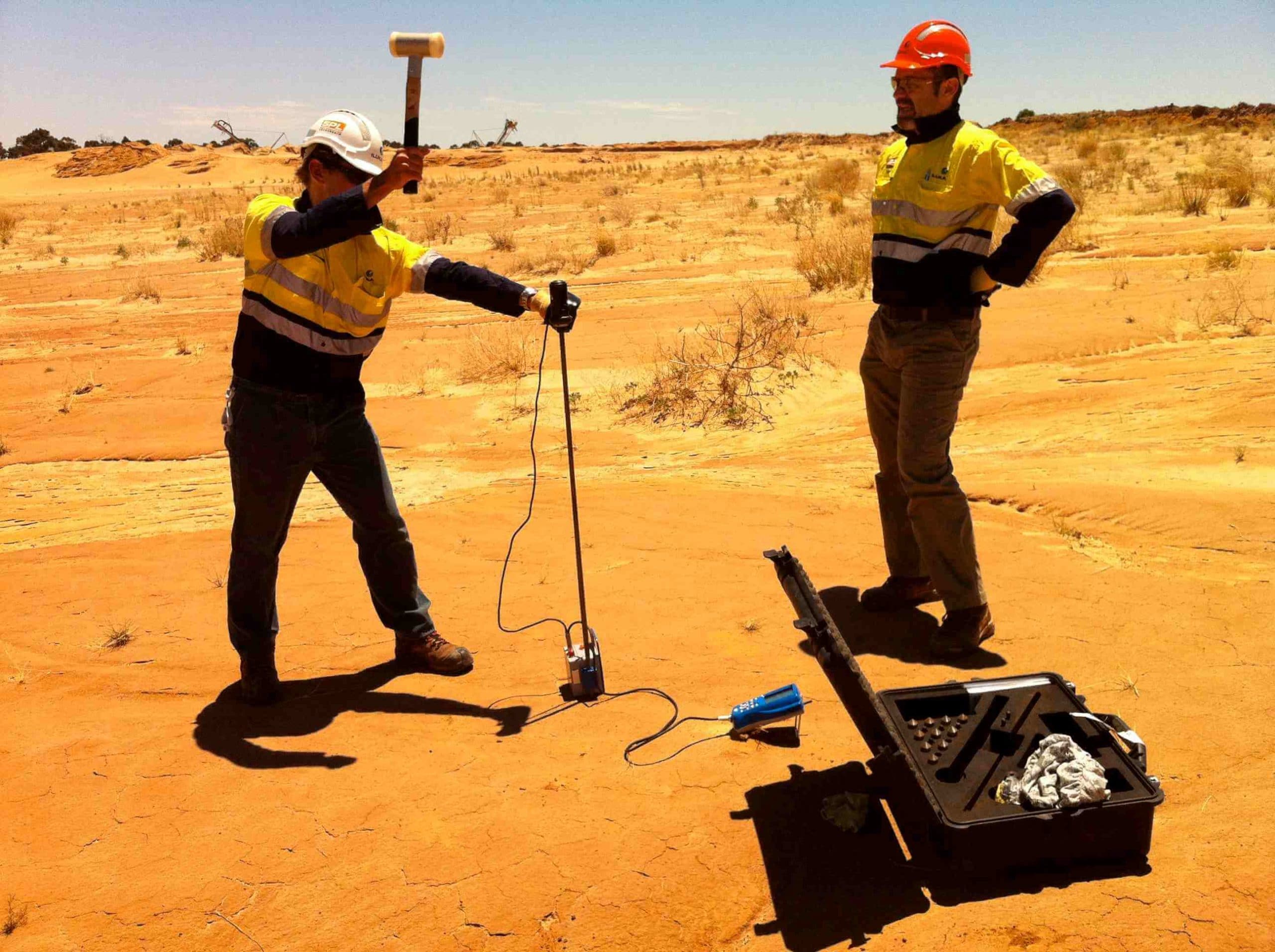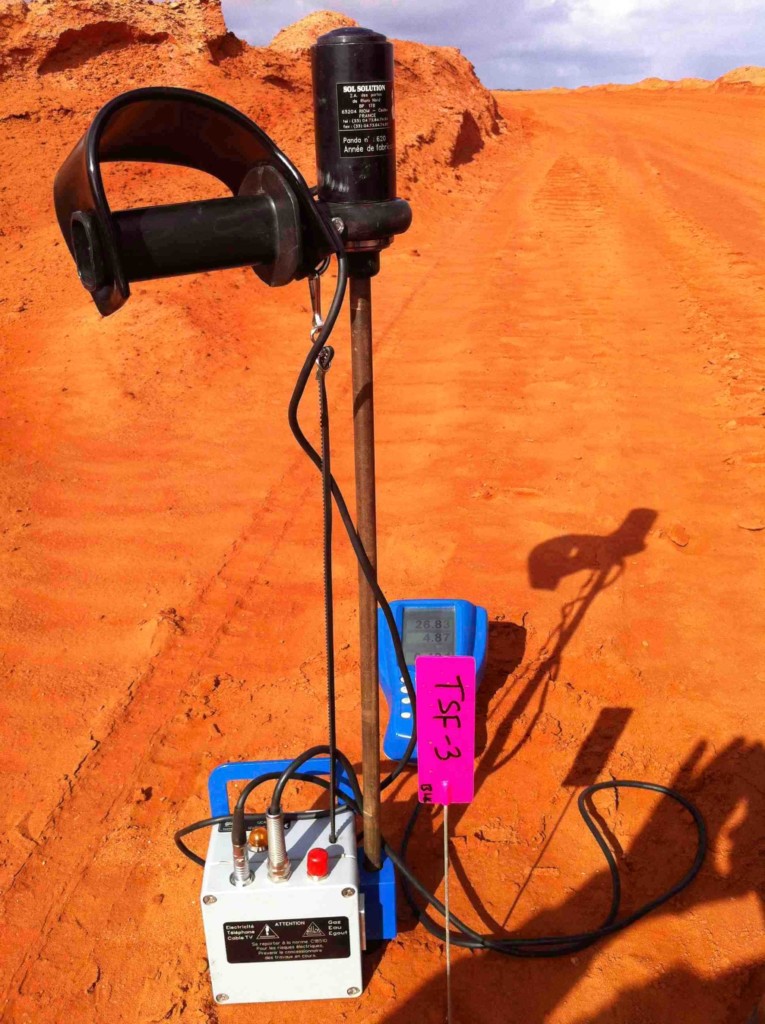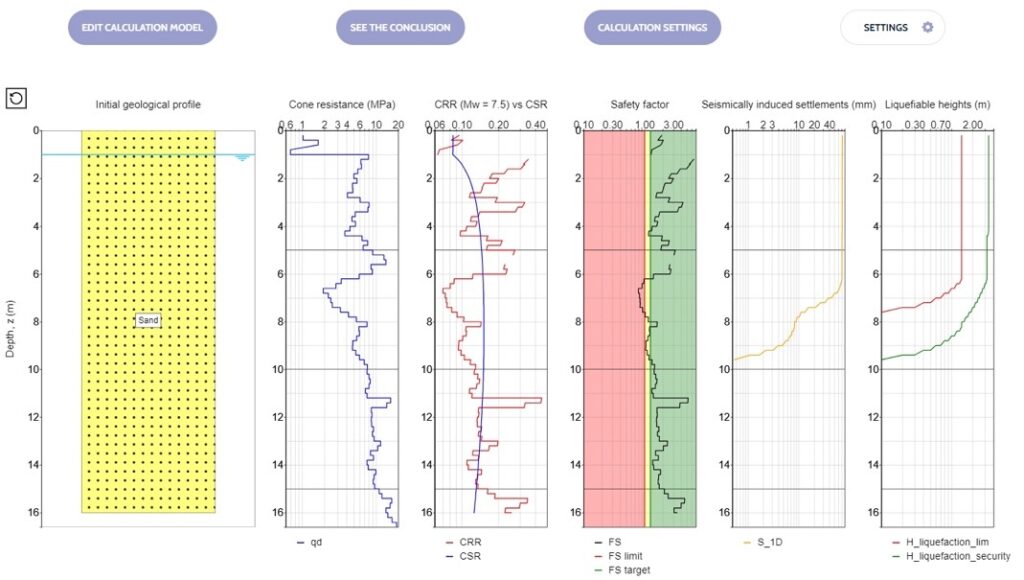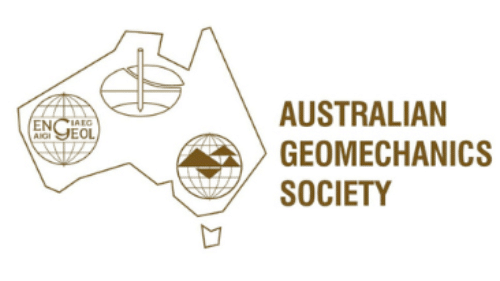How to define the geotechnical behaviour of tailings dams and thickened tailings deposits
The geotechnical behaviour of tailings dams and thickened mine tailings or paste deposits can be defined by determining the compaction state and resistant properties.
One of the methods to achieve this is by using the PANDA®, a sophisticated Dynamic Cone Penetrometer (DCP) device. Now, the PANDA® technology is routinely being used to regulate compaction and provide in-depth quality control for tailings deposits, owing principally to its rapid, non-destructive, portable, easy-to-use and environmentally sustainable testing which is based on normalised methods and able to produce immediate results. The method also allows for the analysis of places which are difficult to access such as the slopes of sand tailings deposits.
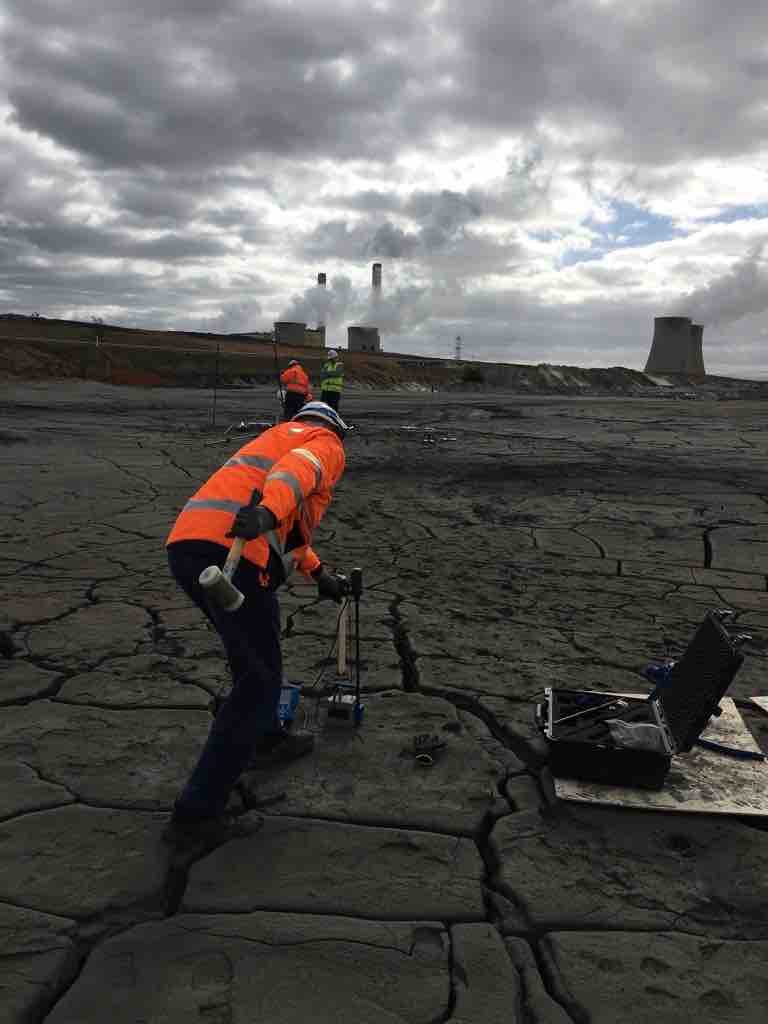
Mine tailings are frequently stored in dams. Often its the case that the coarse fraction (fine sands) of the tailings form the body of the dams, while the fine saturated fraction (sludge and silts) is poured by cycloning into the reservoirs of the dams thus formed. Due to the construction methods and materials used, these dams comprise failure mechanisms such as loss of stability, liquefaction, and internal and external erosion leading to major risks for the populations and their environments.
The mining industry is acutely aware of the need to continuously strive to minimise risks associated with all aspects of its operations. Failures of Tailings Storage Facilities (TSF’s) still occur with unacceptable regularity. There is at least one major failure per year somewhere in the world. The consequences of a TSF failure can be catastrophic, with multiple fatalities often occurring and significant environmental damage being almost assured. Therefore any procedures that can be implemented to reduce the likelihood of such events are likely to be embraced by the industry, as long as the outcomes are consistent, not prohibitively expensive and readily available.
The PANDA® penetrometer provides an approach that potentially satisfies these requirements. It has the major advantage of portability, as it can be carried, set up, and operated by a single operator, relatively little training is required, and the test itself is quick. It means that multiple profiles can be tested in a single day, tests can be carried out on embankment slopes (unlike most machine-mounted penetrometers) and the equipment is relatively inexpensive.
To review some of the research, see Mining Tailings Applications.
I have known the team at Insitutek for over ten years. Their professionalism, positivity and enthusiasm for their work is outstanding and I am pleased to recommend them.
The ZFG 3000 is an excellent tool and should be included in any professional contractors equipment list of assets. This tool should have a similar impact on the construction industry as the laser level. The ability to accurately and reliably measure this aspect of ground condition will improve the quality of the work and remove doubt as to the progress of the project.
I bought my ZFG 3000 and on the same day less than two hours later, it had paid for itself. Using this instrument, I was able to demonstrate scientifically, repeatably and independently the quality of the work that we had completed for our client. Ending the disagreement and creating an improved working relationship. Most jobs are not as confrontational as this was however, most jobs are built to a standard. The contractor can now measure as required, to know on site, at the time of testing if this standard is being achieved.
I strongly recommend the ZFG 3000 Deflectometer to any earthmoving, civil construction contractor. Good luck with your projects.
Insitutek is our partner overseas for our test equipment. Ask them for a presentation or training for our products. I am sure you will be satisfied. They are a reliable and very kindly partner.
Insitutek Blogs
We find clients are often looking for ways to improve geotechnical testing outcomes and do it more efficiently at the same time. This drives their buying decision making. Australian Soil and Concrete Testing (ASCT) was a case in point when they were searching for Plate Load Test equipment for their upcoming Collector Wind Farm project. Some of the things that motivated them include: […]
We are excited to introduce the addition of a new Liquefaction Risk Estimation module in WebSprint©. Paired with our cutting-edge products, PANDA® and GRIZZLY®, this module enables you to assess the liquefaction risk of soils exposed to seismic stress. PANDA® Instrumented DCP: This cutting-edge tool provides dynamic penetrometer soundings, delivering precise data crucial for seismic risk evaluations. GRIZZLY® […]
The Australian Geomechanics Society is gearing up for a series of geotechnical events across VIC, WA, NSW, and SA-NT. We are thrilled to inform you that we will be sponsoring and attending these exciting geotechnical events, and we would love for you to join us. It’s a fantastic opportunity to catch up, explore our booth (VIC), and stay informed about […]

